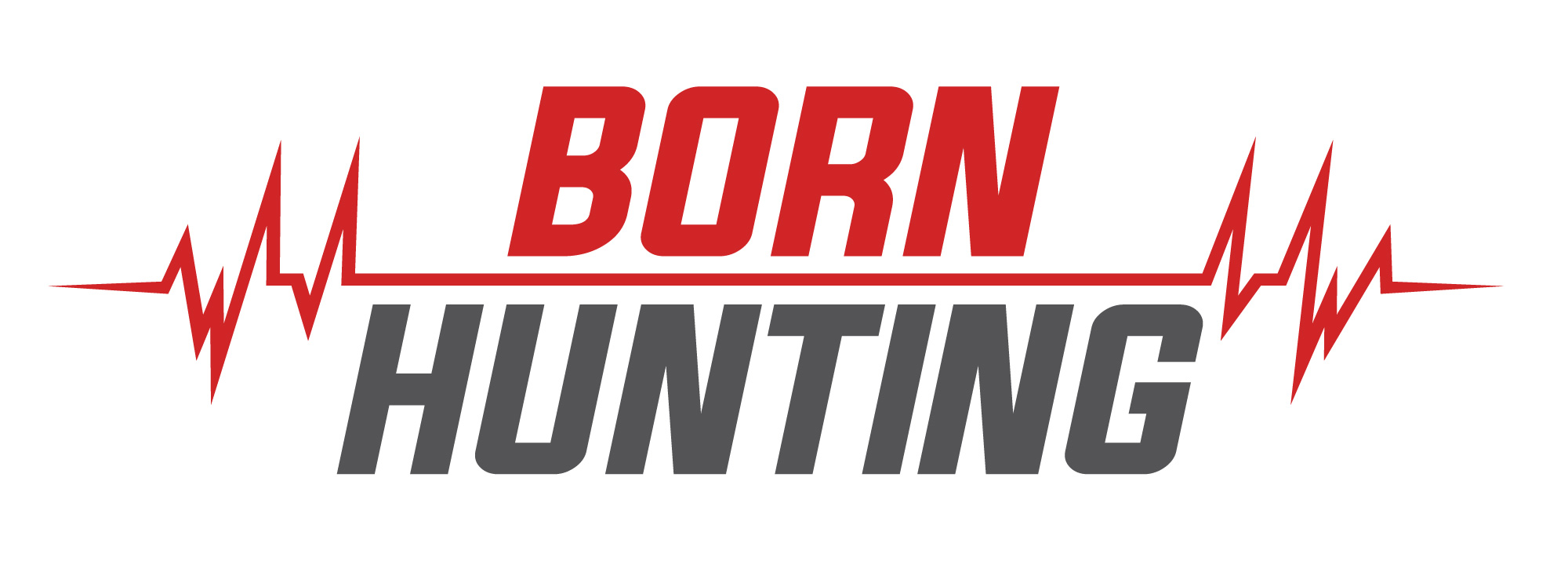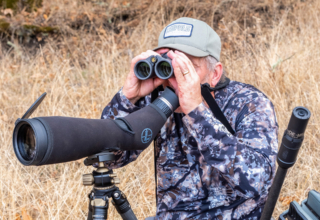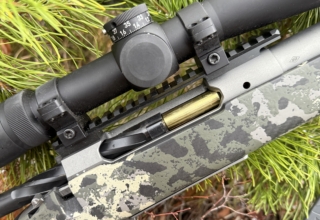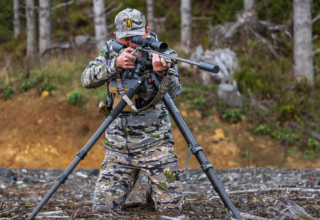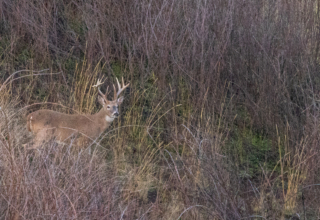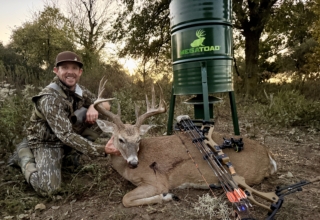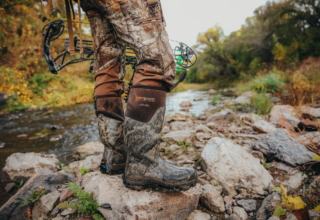Summertime is the right time for dog training. Knowledge and the right gear make simplify the training process.
by Scott Haugen
Last duck season, the handheld transmitter for my electronic dog collars died. I’d had it for nine years. It died right at the start of a day of duck hunting. The weather was bad for communicating with my dogs but great for duck hunting. It was raining hard, blowing 20 mph, gusting up to 35.
Since I couldn’t communicate with Echo or Kona via the usual beeping of their e-collars, I had to rely on whistles and hand signals. The wind was too strong for the dogs to hear my whistles most of the time, and hollering at them was out of the question, something I despise doing, even on calm days. Blowing brush, tall grass, and big waves on the water made guiding them to blind retrieves with hand signals even more difficult.
We shot three limits of ducks that day but it was the most frustrating day of hunting I’d ever had with my dogs. It made me realize how valuable our line of communication is with an e-collar and how much my dogs rely on me to convey information. It was frustrating for them, too.
Rarely do I have to shock my dogs. But I beep them many times a day when hunting and training. On a blind retrieve, one beep stops the dogs and gets them looking at me for direction. Two beeps pull them off their current path and focus their attention on me so I can redirect them. A continuous beeping signals them to return to me immediately. This is in case of potential encounters with a porcupine, crossing a road, or any other life-threatening dangers they may encounter. These are things we practice during summer training sessions, too.
Fortunately, I had an extra Garmin Pro 500 transmitter at home, so we were back to hunting as usual the following day. I also have an extra collar and contact points in case they need replacing during the season or now while training every day in the summer.
Another thing that got us through that frustrating day of duck hunting with no transmitter was our preparation by training on windy days in tall cover. Avoid summer training in tall grass, as seeds can harm your dog. But on windy days, don’t be afraid to do some bumper training on a brushy river bottom or under a forest canopy laden with ferns and other tall brush. The goal here is to communicate with your dogs via hand signals. One of the best moves I made was teaching my dogs this when they’re young, so they know to look to me for direction when they lose a line on a retrieve. It’s also useful when multiple birds are down, as dogs usually only mark one. Directing them to other downed birds is essential, and communication through hand signals and body language is key.
Cable cutters are another tool I carry on many summer training sessions and always during a hunt. When training in farmlands, old fencing or baling wire id is a regularity, and cable cutters make for a quick remedy. In winter, predator trappers often set wire snares in upland bird and waterfowl habitats. Sometimes, the snares are pulled during hunting season, but not always. Sometimes, they’re accidentally overlooked and left out. They’re deadly to dogs.
Two years ago, a buddy who was chukar hunting came upon two snares set for coyotes. Knowing how close his dogs came to them, his stomach turned. He was lucky. Another guy I met last year wasn’t. Both dogs died within minutes of one another. He didn’t have cable cutters. He could have saved one dog if he had been prepared for such a disaster.
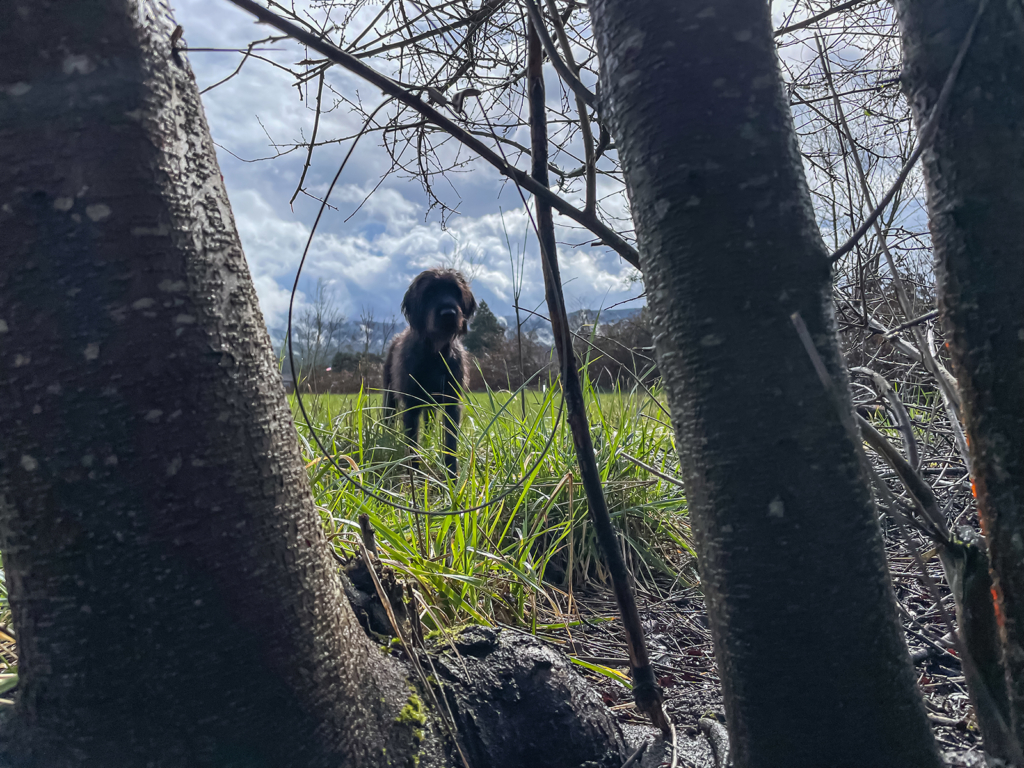
A good multi-tool is another piece of gear to keep on you at all times. Some folks carry forceps or small needle-nose pliers for removing thorns, cacti, and other impediments during summer training and when on hunts. I like something more substantial that can perform different tasks. A multi-tool will do it.
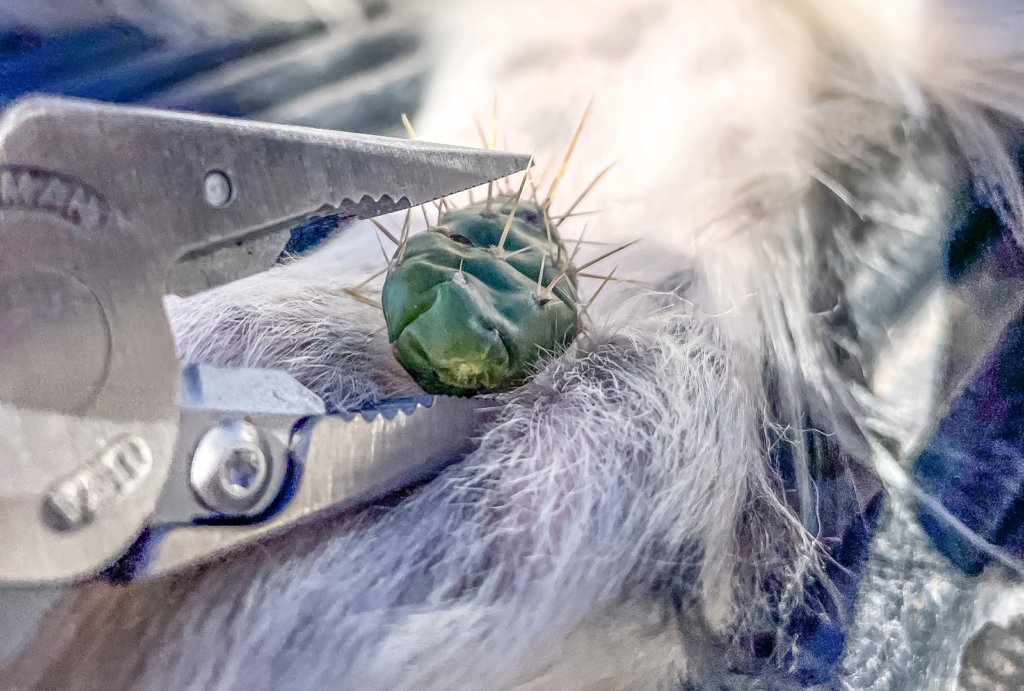
If your dog has long hair, a fine-toothed brush is a good tool. With our climate shift has come a dramatic increase in weed and grass seeds. Some can be deadly to a dog. Last summer, my dogs got fox tail seeds in their feet. It was ugly, required surgery, and cost them training and early season hunting time. I now carry a brush and remove seeds from my dogs multiple times a day when training during the summer. When I notice seeds, I immediately stop and brush them out.
A knife is always needed when training and hunting with your dog. I used to go with small gas station specials, but I got tired of them opening in my pockets and on my duck call and training lanyards when bending over or digging them out of a pack. They’d rust and turn dull, fast. I kept upgrading and finally found the one I’m sticking with. It’s not cheap, but Benchmade’s OM is tops.
Closed, the tiny knife is less than 3.5” long and weighs only 1.5 oz. The mechanism on this double-action OTF (out the front) knife is pretty tight to open and has a safety feature, so the blade will pop off the tracks if deployed into an object, and it’s easy to reset by retracting the blade. With the OM, you benefit from quick, one-handed access when your dog needs immediate attention. It’s sharp, fast to operate, convenient, and incredibly durable.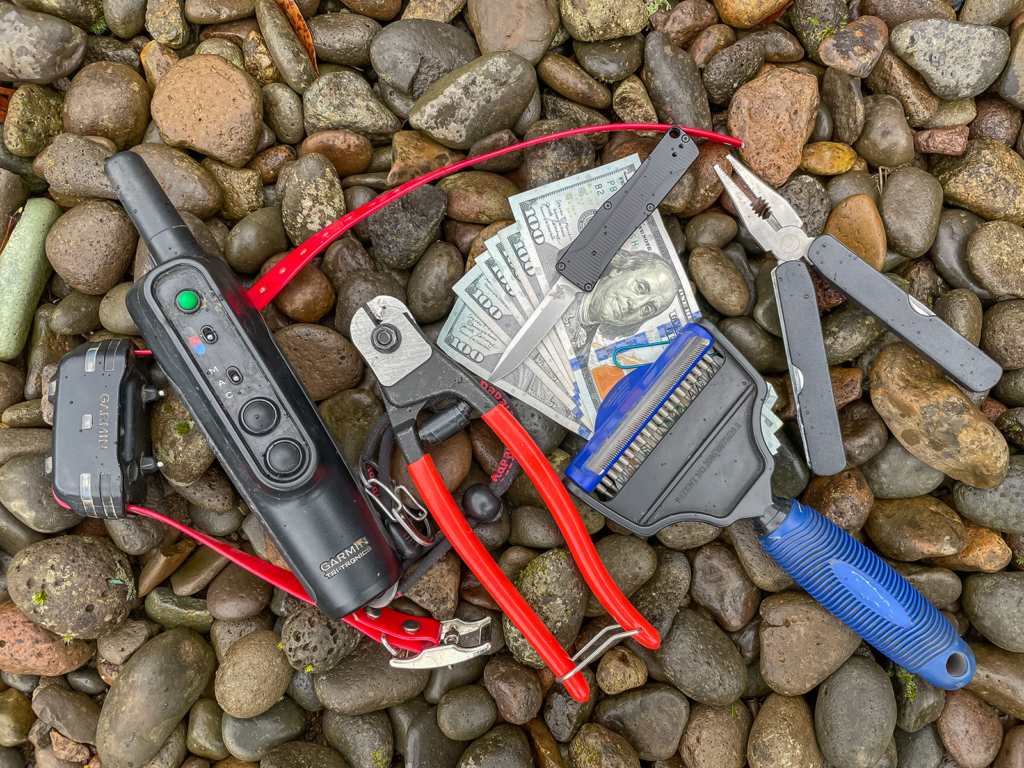
We all know the power of money, and so will your dog when it receives medical aid. Having an emergency fund for your dog is smart. It makes the pain of a lofty vet bill tolerable. Start by asking yourself, “What’s my dog worth, and how much am I willing to spend to save it?” When Kona was three, he got stomach twists. Tiffany, my wife, rushed him to the vet hospital, where they said we had three minutes to decide if we wanted to save him or put him under. He was on the operating table in minutes. The bill came to $5,000, a no-brainer for us. At about the same time, a buddy in California put his 11-year-old dog under due to stomach twists when the vet quoted him a starting price of $10,000 for the surgery.
Last hunting season, I spent over $1,500 on emergency vet bills and dog medications. That’s just part of being a dog owner. If you’re not prepared, though, it will rock you world. There’s never a convenient time to deal with such misfortunes, but being prepared helps.
A year ago, I picked up an Orvis Deluxe Dog Bed. My dogs use it every day, and it looks like new. Its quality is what spurred me to look at other Orvis dog gear.
We started with their Grip-Tight Quilted Throw. After 6 months of daily use, this non-slip throw has not only protected furniture and couch cushions but looks like it just came out of the box. It’s durable enough to where it won’t slide but not so stiff that it’s uncomfortable or won’t conform to the surface it’s on.
Impressed with the Grip-Tight throw, I decided to try their Grip-Tight Quilted Backseat Protector. I started using it last summer when dirt, dust and seeds were tracked into the truck after every training session. Dry debris was easy to brush out. Then came the water test. The throw is marketed as one you can hose off to clean. After many training sessions in water and mud, I’ve hosed it off, hung it to air dry, reinstalled it, and did it all over again. During duck season, I often loaded the dogs wet. The water-resistant coating on both sides worked perfectly to protect the leather seats. I’ve owned lots of backseat covers over the years. This has been the longest lasting, and it’s tough enough my dog’s toenails don’t begin to fray it.
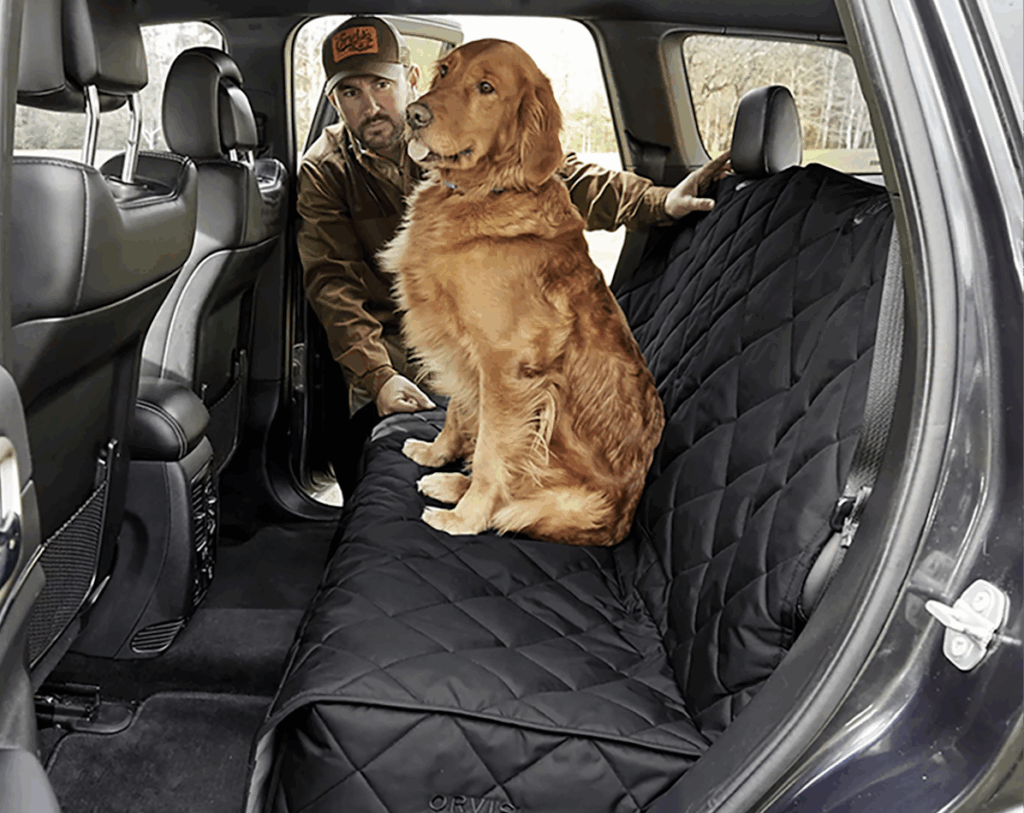
A few years ago I traded in my Ford F250 for a new F150. The back seat of the F150 was narrower. My 65-pound male dog couldn’t sprawl out and sleep. He tried and kept falling off. That’s when I got the Orvis Dog Seat Extender. Before I even got out of the driveway Kona laid down, rested his front paws and big head on it and relaxed. It’s the perfect fit for my truck and dogs.
If you’re the owner of versatile gun dogs, like me, you likely have a lot of training gear. And this time of year, keeping track of it all can be challenging. I used to have a bin filled with training gear in the back of my truck. Then one bin became two, and two, three. Early in the spring, I converted to one large case. I initially got Pelican’s 1740 Protector Long Case with foam layers to be used on road trips for my photography gear. But I didn’t take long to remove the foam and use it for other purposes, including storing my summer dog training gear.
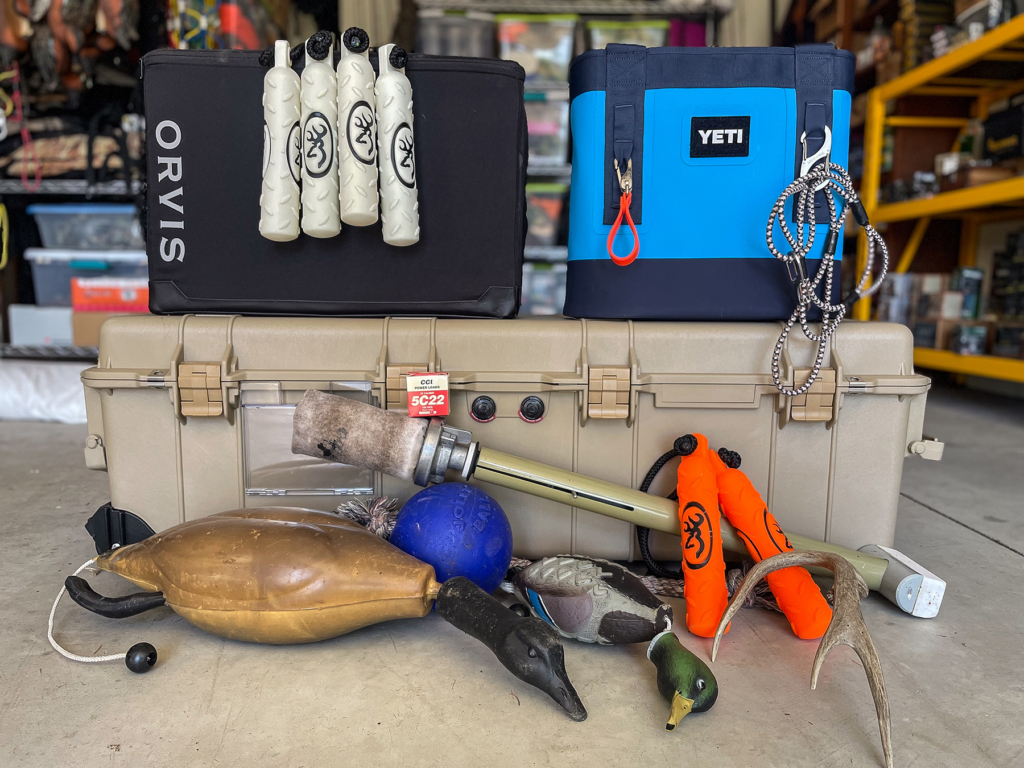
The long case fits a variety of bumpers—even large geese—collars, leashes, leads, a dummy launcher, bird launcher, bird bags, shed antlers, and more. It’s nice having all my training gear in one stable container. I love the rugged latches and wheels; the sides don’t bulge, no matter how much weight and bulky gear I’ve put in. It’s 100 percent dustproof, waterproof, and easy to swap out with seasonal gear as needed, be it for hunting, fishing, camping, or photo shoots.
With our busy summer schedules, it’s easy to let dog training sessions lapse. Gear up, dedicate yourself to brief training sessions in the morning and evening when it’s cool, and come season, you’ll have a tuned-up dog ready to perform.
Bio’: Scott Haugen is a full-time writer. See his puppy training videos, learn more about his many books at scotthaugen.com & follow him on Instagram & Facebook.
